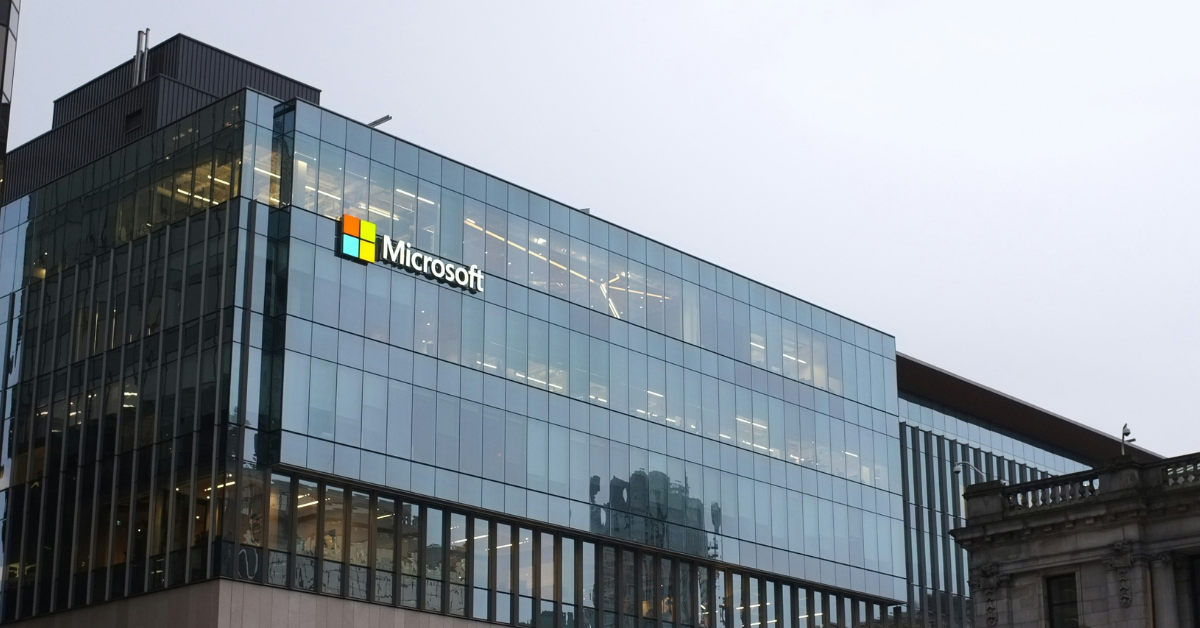Impacts of AI on content creation

The use of artificial intelligence in creative tasks is hotly debated nowadays. Indeed, there areAI Generatorsfor everything: photos, videos, articles, stories, games, etc. These generators can create anything at a fraction of the time humans take and for a fraction of the cost, too. Unsurprisingly, it has become a crucial tool for companies that want to scale up their productivity and online presence.
Meanwhile, content creators and artists fear for their jobs, and many of them have taken AI companies to court. Artists and creators often accuse AI developers of harvesting their work to train AI models without permission. Giant media publishers like The New York Times have won lawsuits prohibiting AI developers from using their content to train their software. What are the impacts and ethical implications of AI in content creation? Keep reading and find out.
There’s a legitimate concern among creative industry workers that AI tools could simply replace them. Why have video editors, screenwriters, designers, and journalists if a single software can handle everything?
In 2023, the WGA (Writers Guild of America) and SAG-AFTRA (Screen Actors Guild – American Federation of Television and Radio Artists) went on an unprecedented double strike in Hollywood. Protection against AI, especially in filmmaking, was among the demands. Last year, it wasvideo game actors’ turn to take it to the streets, fighting against the unregulated usage of their voices and facial expressions to train AI, replicating them without their consent.
However, there are limits to what even the best AIs can do. It means that studios and websites that rely solely on such tools will likely have inferior and unnatural content: voices without human-like cadences, absurd storylines, repetitive or pointless articles, odd pictures of hands with far too many fingers, and so on.
The overreliance on AI-generated content also negatively impacts those trying to boost their online presence. Google crawlers scan websites searching for AI-generated content, and those caught red-handed go straight to the bottom of search results. According to Google’s parameters, such content isn’t relevant to its clients, who mostly prefer human work.
AI generators can create content much faster than any human being could, and the results are getting better by the day. While they are vital for companies that need to scale up their content creation, they really shouldn’t work alone. In fact, the best results are achieved when humans and AI-backed tools work together. In this context, software takes care of the heavy work, and human workers breathe life into it.
AI-backed tools can boost search engine optimisation on the go, crunching huge data sets to come up with the best suggestions. It can be done with new and existing content. Additionally, these tools can help human creators overcome blank-page fright and can be used for brainstorming new ideas.
Artificial intelligence is still a largely unregulated issue worldwide. Even in countries like the United States, the birthplace of most AI-developing companies, there are no clear laws to outline its ethical use. There are also legitimate concerns regarding intellectual property rights, as human-made creative content is used to train new bots and replicate them at scale.
The human touch remains indispensable, but AI is still a revolution for content creators who use this tool wisely. Indeed, there’s no point in fighting technological progress; it’s better to learn how to work with it. Finding the right keywords, themes, and outlines for a new blog post can be time-consuming, but artificial intelligence can do it in a split second, allowing human writers to focus on the creative part.
AI-backed software can also swiftly go through the internet, finding trending topics while analysing what competitors have been doing. These tools are much better at crunching numbers to find promising trends than humans. So, they can be tremendously useful for companies that want to stay ahead of the market curve, promoting content that their target audience most wants to consume.
High-quality content doesn’t depend only on creativity; it also must be backed by credible sources. For long, content curation has been handled by human writers, but, as it turns out, artificial intelligence can help with that, too. Writers can use it to get tips on highly relevant social media updates, blog posts, and news articles to create content that resonates.
Writers have also been using it for editing and proofreading, vetting their content against misspellings, grammar mistakes, and unclear wording. Instead of articles that go back and forth with editors, writers can do the task with AI-backed programs like Grammarly. There’s still space for automated content generation, but it must be handled with care, as there’s always the risk of being penalised by Google.
It’s quite an efficient option for product descriptions, for instance. AI bots can also create highly personalised content, allowing companies to adapt their message to each customer. Recent developments in NLP (Natural Language Processing) algorithms have been delivering much more lifelike results based on related data harvested from the internet. Likewise, it’s possible to automatically generate visual content like videos and infographics to make articles more engaging.
AI-powered content creation is here to stay, and while it still requires careful regulation, its potential is undeniable. As algorithms get sharper, scalable, and highly personalised content gains traction, creating unique experiences for every customer. Such a level of personalisation would be impossible using only a human workforce.
While there are still limits to what AI can do, tech specialists believe it’ll soon be possible to generate instant content based on real-time events. It means that companies will be able to stay ahead of the news and market trends, ensuring a valuable time edge over competitors.
There are already experiments with multimodal content creation, where algorithms can create written and visual content cohesively, adding videos, audio, and interactive features into the mix. Conversational AI, which includes voice and text assistants, provides valuable voice-based input about customers, helping creators adjust their tone and message according to the target audience.

Published on Other News Site

















